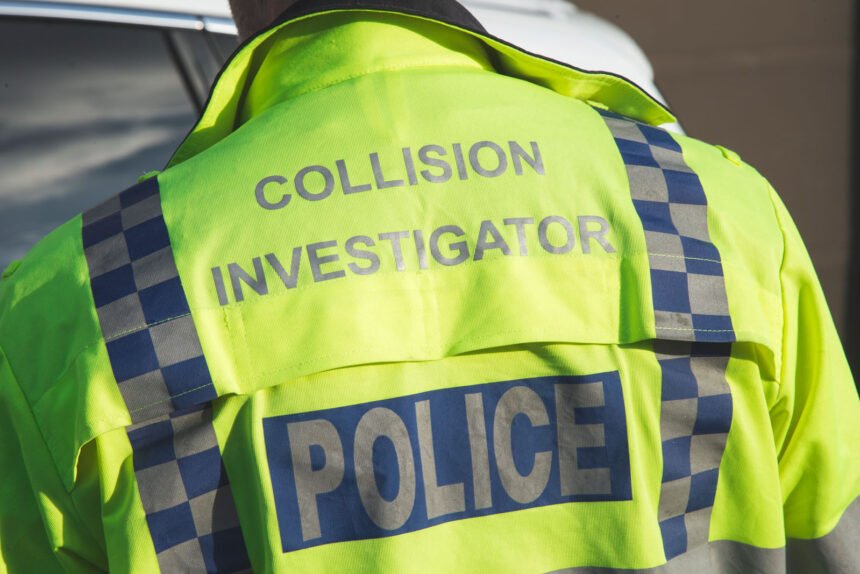Study Shows SUVs and Pick-ups Pose Higher Risk to Pedestrians
A recent study conducted by Imperial College London and the London School of Hygiene and Tropical Medicine has revealed alarming statistics regarding pedestrian safety in collisions involving SUVs and pick-up trucks. The analysis of 682,509 collisions found that pedestrians hit by SUVs and light trucks are significantly more likely to be killed compared to those hit by lower-riding hatchbacks and saloons.
The study showed that the risk of an adult pedestrian dying in a collision is 44% higher when they are hit by an SUV or light truck as opposed to a regular passenger car. For children aged 0-9, the risk increases to 130% higher. The research estimates that by swapping SUVs for lower-riding cars, 17% of adult pedestrian and cyclist fatalities could be avoided, potentially saving 620 lives per year.
It is important to note that the study primarily focused on data from the US, where vehicles are generally larger and heavier than in Europe. European data, influenced by the lower proportion of SUVs on the roads compared to the US, suggests that 8% of adult pedestrian and cyclist fatalities could be prevented by opting for traditional passenger cars.
Although the findings suggest a need for action, the report does not advocate for a blanket ban on SUVs. Instead, it highlights the need to address the key risk factors associated with SUVs and pick-ups, such as their high beltlines and blunt front ends.
The study points out that the taller and blunter profile of SUVs and light trucks results in victims being struck higher on their bodies, leading to more serious injuries. The dynamics of these collisions often result in upper body injuries, including head, thorax, and abdomen injuries, which contribute to a more severe injury profile.
According to a study published in the journal Economics of Transportation, a 10cm increase in a car’s front-end height increases the risk of pedestrian fatality by 22%. This further emphasizes the need to address the design elements of vehicles that contribute to pedestrian safety concerns.







